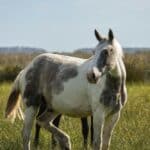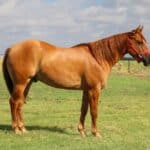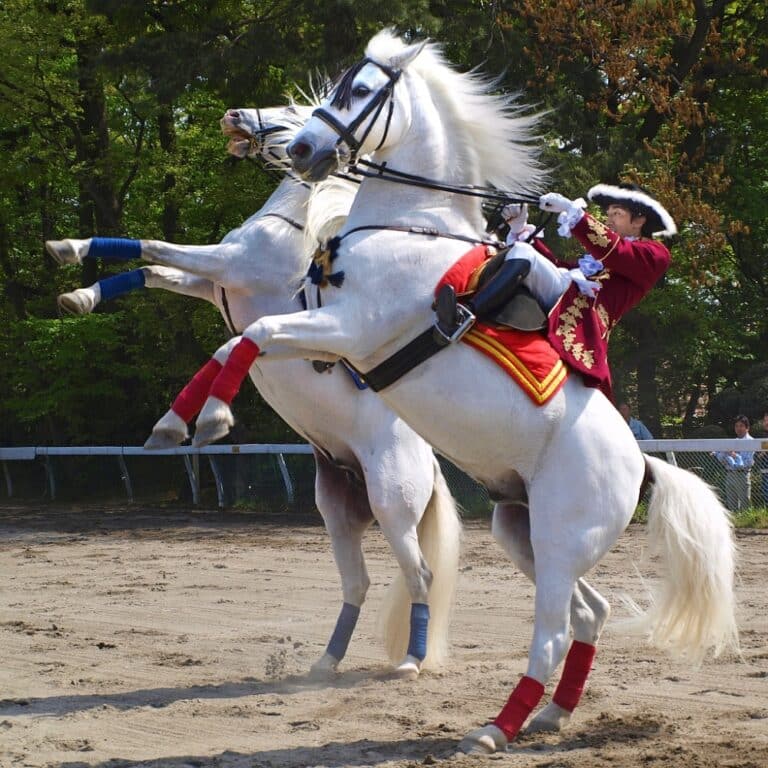
Horse owners form deep emotional bonds with their equine companions. Over time, these majestic creatures become more than just pets—they become part of the family. But, just like with any other family member, there comes a point when their health deteriorates and the kindest option is to let them go. One such health issue is Cushing’s Disease. This article aims to guide you on when to euthanize a horse with Cushing’s.
Understanding Cushing’s Disease
Cushing’s Disease, also known as Pituitary Pars Intermedia Dysfunction (PPID), is a common condition in horses, particularly affecting those in their golden years. Named after Dr. Harvey Cushing, a renowned neurosurgeon from Harvard University, the disease affects a small proportion of the equine population—around 0.5% to 0.1%.
The Culprit: Pituitary Gland
Cushing’s Disease primarily stems from an issue with the pituitary gland, located at the base of the horse’s brain. This gland is responsible for producing and regulating various hormones in the body. However, in horses with Cushing’s, the gland malfunctions, leading to an overproduction of cortisol— a hormone that regulates metabolism and immune response.
The culprit behind the gland’s malfunction is often an adrenal tumor, leading to an increase in ACTH (adrenocorticotropic hormone) levels secreted in the pituitary gland. This disease is often misdiagnosed as its symptoms overlap with several other conditions like equine metabolic syndrome (EMS), hyperlipidemia, or insulin resistance.
Age & Cushing’s: The Connection
While it is widely believed that Cushing’s only affects older horses, this is a common misconception. The disease has been reported in horses as young as eight years old, although it is more prevalent in those aged 10 and above. Regular health checkups become crucial for horses over 15 years of age.
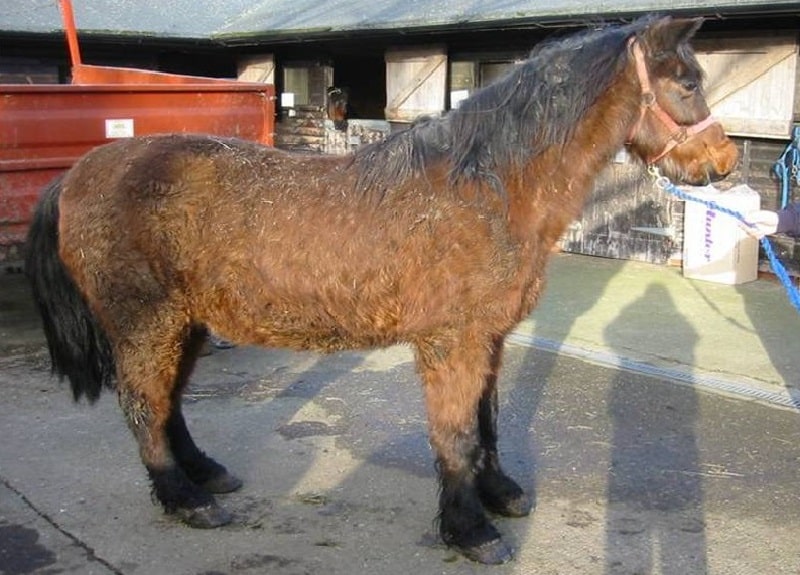
Identifying Cushing’s Disease: Early and Late Stages
Diagnosing Cushing’s disease in horses can be challenging, especially in the initial stages. Often, the disease is only detected at later stages. However, being aware of the symptoms can help in early detection.
Early Cushing’s Disease
In the early stages, symptoms may include an increase in appetite, weight gain, and excessive thirst. Horse owners may not notice any significant changes in their horse’s behavior or appearance. However, if these symptoms are observed, it is essential to consult a veterinarian immediately. If diagnosed and treated early, a horse’s life expectancy can extend by about seven years.
Late Stages of Cushing’s Disease
As Cushing’s progresses into the later stages, symptoms become more severe. The horse may experience hyperglycemia and increased insulin resistance, potentially leading to severe conditions like laminitis. Significant loss of muscle mass, particularly in the back and neck areas, can also occur.
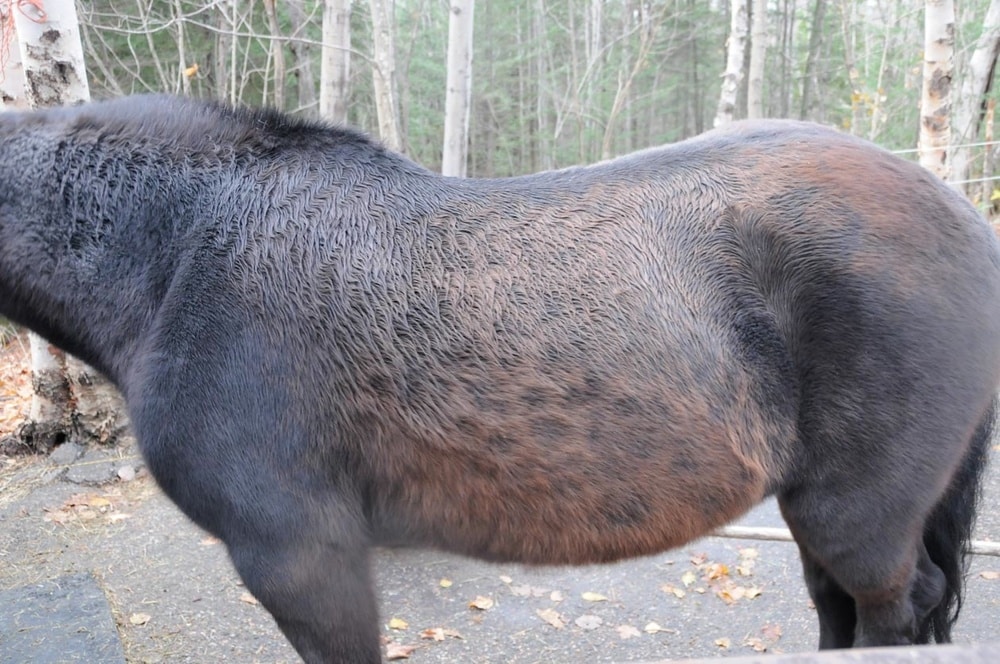
Diagnosis and Treatment
Diagnosis of Cushing’s disease is typically made via blood tests that measure cortisol levels in the bloodstream. While there is no cure for the disease, treatments can alleviate symptoms and maintain the horse’s comfort for several years.
Natural Treatment Options
Some natural treatments can help manage the symptoms of Cushing’s disease. These include nutritional supplements and herbs that have been shown to reduce symptoms. For instance, Omega 3 Fatty Acids can improve brain function and reduce inflammation. A diet rich in greens and vegetables can provide essential minerals like potassium and sodium, which help stabilize blood pressure.
Feeding horses low sugar foods and whole foods can also help manage symptoms. Vitamin C is a key ingredient as it reduces fatigue signs, improves immune function, and decreases symptoms like sweating and weight loss.
The Consequences of Non-Treatment
If left untreated, Cushing’s disease can lead to complications like laminitis, a painful condition affecting horses’ hooves. This can cause inflammation, resulting in lameness and pain. If left untreated, laminitis can cause irreversible damage to the horse’s feet, making veterinary treatment a necessity as soon as signs of the disease are noticed.
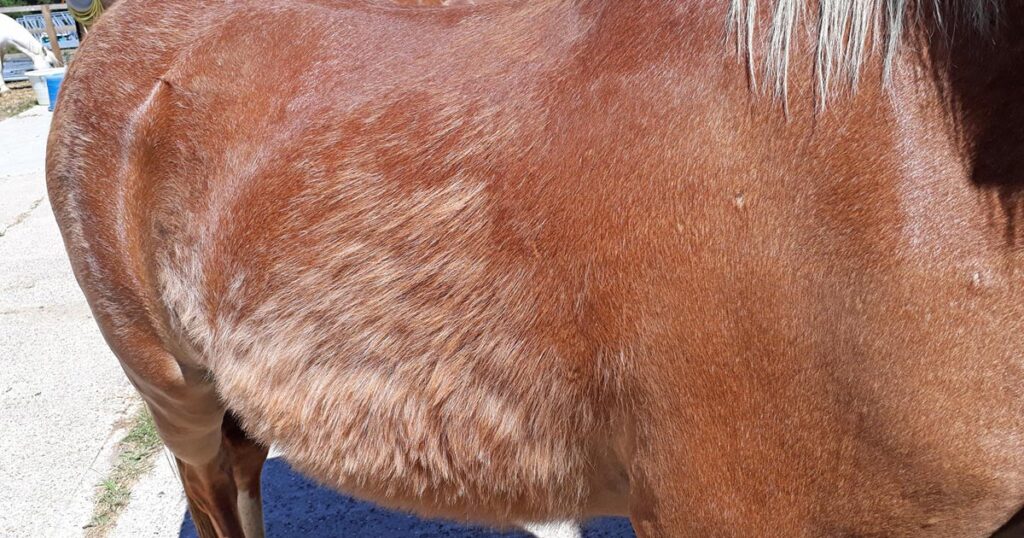
The Heartbreaking Decision: When To Euthanize A Horse With Cushing’s?
Determining when to euthanize a horse with Cushing’s can be an incredibly difficult decision. If the disease is mild, medications such as cyproheptadine, pergolide, and bromocriptine can be administered. If these medications don’t improve the horse’s condition after six months, euthanasia may be the only humane option.
The decision to euthanize also depends on how the horse is responding to treatments. If the horse’s health deteriorates significantly due to complications from the disease, euthanasia might be the best decision to prevent further suffering.
The Euthanasia Process
When the decision to euthanize is made, the process is carried out with utmost care to minimize discomfort for the horse. The veterinarian administers a sedative and analgesics to the horse, followed by a lethal dose of drugs to stop breathing and heartbeat. This is carried out either through an intravenous injection or by oral administration.
Conclusion
Deciding when to euthanize a horse with Cushing’s is a deeply emotional and challenging decision. While Cushing’s cannot be cured, treatment options can make the horse’s life comfortable for a while. However, in the disease’s later stages, euthanasia may be the only humane option. Always consult with your veterinarian for advice on how to manage the disease and when to consider euthanasia.




